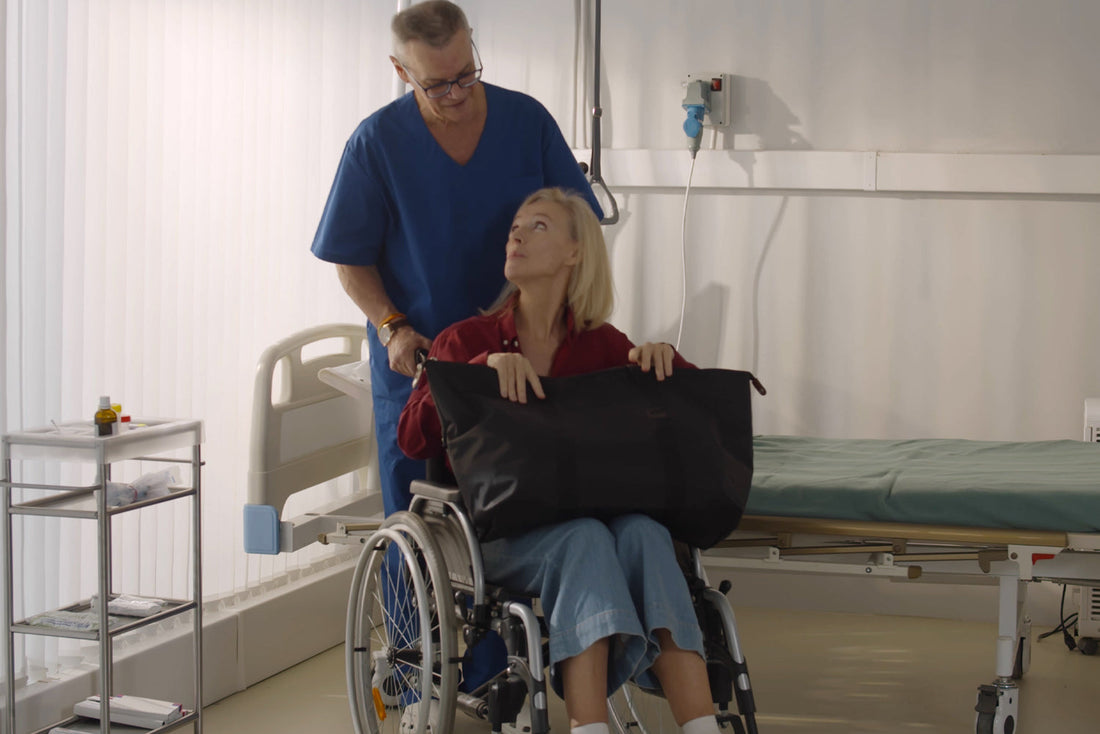Leaving the hospital is a big step toward recovery, but it can also be overwhelming. Many patients and caregivers aren’t sure what they need to safely and comfortably continue healing at home. That’s where having the right home medical equipment makes all the difference.
At SurfMed, we specialize in providing reliable, high-quality equipment to support your transition. This guide covers everything you need to know to prepare your home and ensure a smooth, safe return.
Why the Right Equipment Matters
After surgery, illness, or injury, the body needs time and support to heal. Hospital staff are trained to provide constant care, but at home, that level of support must be recreated. With the right home medical equipment, patients can:
- Prevent falls and injuries
- Manage pain more effectively
- Regain independence
- Reduce the risk of rehospitalization
Choosing the right tools is not just about comfort. It’s about safety and quality of life.
Essential Equipment for a Safe Home Recovery
Every patient’s needs are unique, but here are common categories of home medical equipment that can help during recovery:
1. Mobility Aids
Items like walkers, rollators, canes, and crutches help prevent falls and encourage safe movement. Wheelchairs may also be necessary for longer-term support. At SurfMed, we offer a range of ambulatory aids suited to different conditions and recovery stages.
2. Hospital Beds & Accessories
An adjustable hospital bed can improve sleep, reduce pressure sores, and make caregiving easier. Pair it with over-bed tables or bed rails for added function and safety.
3. Bathroom Safety Equipment
Bathrooms are common sites for slips and falls. Consider grab bars, shower chairs, raised toilet seats, and non-slip mats to increase safety.
4. Daily Living Aids
Simple items like reachers, dressing aids, and sock assist devices allow for more independence and reduce strain on healing joints or muscles.
5. Respiratory and Oxygen Equipment
If your discharge instructions include oxygen therapy, make sure you have reliable equipment such as portable oxygen concentrators, nebulizers, or CPAP machines.
6. Wound Care and Incontinence Supplies
Keep wounds clean and dry with professional-grade wound care kits. Incontinence supplies, like absorbent pads and protective underwear, help maintain hygiene and comfort. SurfMed’s Incontinence Solutions offer discreet, effective options.
Coordinating with Discharge Planners and Healthcare Providers
To avoid last-minute stress, talk with your discharge planner or physician before leaving the hospital. Ask:
- What specific equipment will I need?
- How long will I need it?
- Do I need it delivered before I get home?
- Will insurance cover it?
Having these answers early allows time to coordinate with a medical equipment provider like SurfMed. We can help guide you through the ordering process and ensure delivery is scheduled properly.
Home Setup Tips to Improve Safety
Once you know what equipment you need, it’s time to prepare the home. Here are quick tips:
- Clear walkways of cords, rugs, and clutter
- Ensure adequate lighting, especially near stairs and in bathrooms
- Install grab bars and bed rails
- Set up commonly used items within easy reach
- Have a comfortable, accessible place to rest during the day
A well-prepared space reduces stress and helps everyone feel more confident about the transition.
Leaving the hospital is just the beginning of your recovery journey. With the right home medical equipment and preparation, you can create a safe, supportive environment for healing.
SurfMed is here to help you every step of the way. Visit our Home Medical Equipment page or explore our blog on Choosing the Right Walker to learn more.
Your recovery matters. Let us help make it safer and more comfortable.

